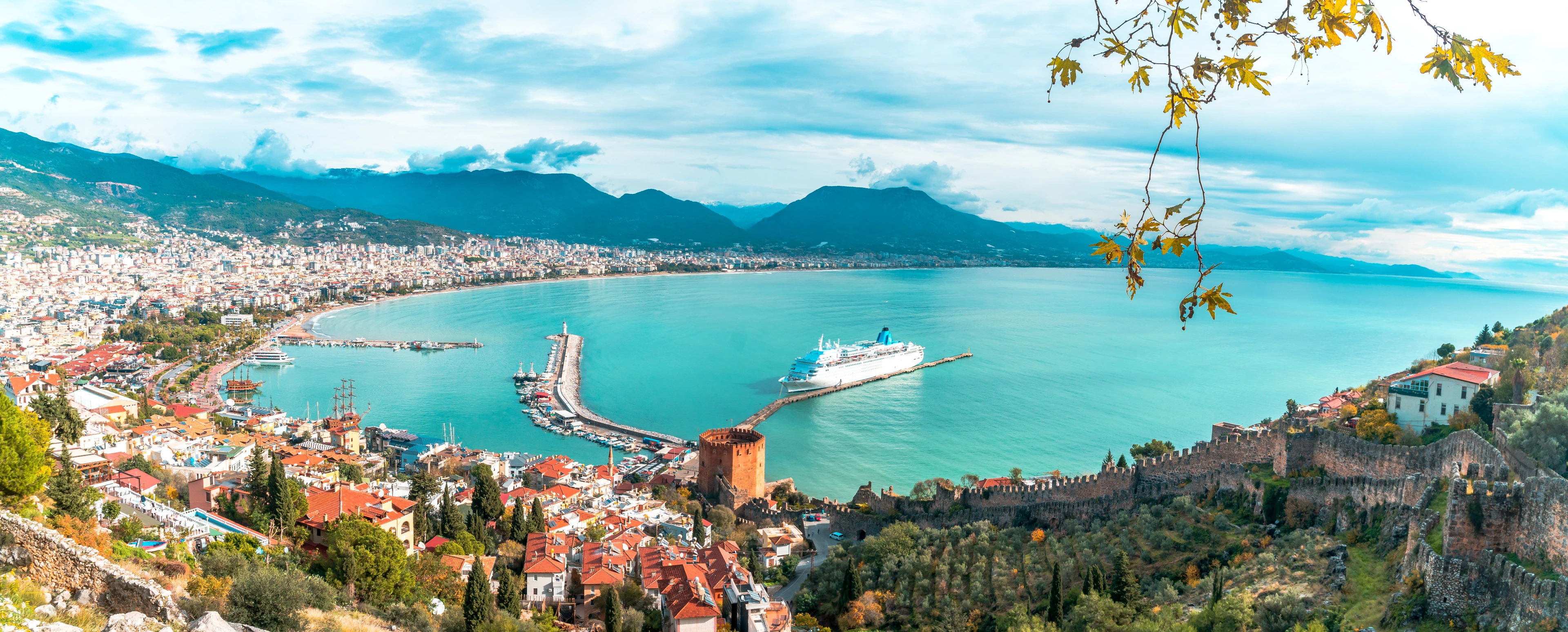Six Decades of Tourism Excellence here in Alanya
The transformation of Alanya from a Mediterranean village into one of Turkey's most celebrated international resort destinations and educational centers represents six decades of remarkable development. This coastal gem has evolved from hosting a handful of domestic visitors seeking therapeutic cave treatments to welcoming over 3.5 million international tourists annually while simultaneously establishing itself as a significant educational hub. The Alanya tourism and education growth story showcases how strategic planning, infrastructure investment, and international vision can create a world-class destination that contributes billions to Turkey's economy while nurturing future generations.
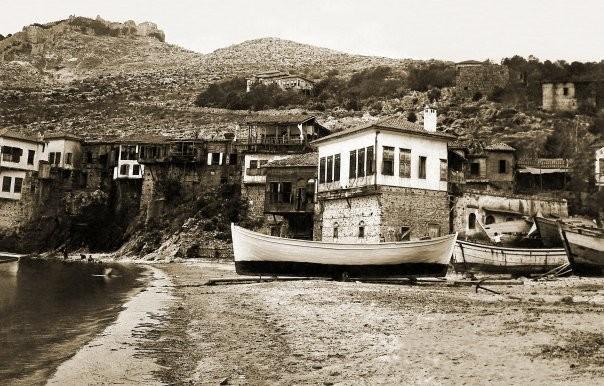
Damlataş Cave: The Catalyst for Change
The story of modern Alanya tourism began in the 1960s when Turkish visitors discovered the alleged healing properties of Damlataş Cave. This marked the first organized tourism activity in the region, as domestic travelers sought relief from respiratory ailments through the cave's unique microclimate. The cave's 95% humidity and constant 22°C temperature created perfect conditions for those suffering from asthma and other breathing difficulties.
During this foundational decade, visitor numbers remained modest, with only a few hundred people annually making the journey to experience the cave's therapeutic benefits. However, these early visitors laid the groundwork for what would become a tourism revolution, as word spread about Alanya's natural healing properties and stunning coastal beauty.
Early Infrastructure Investment
The late 1950s saw the first German arrivals, marking when Alanya met with international tourism. By the mid-1960s, the first small guesthouses and family-run accommodations began appearing to serve the growing number of visitors. These modest establishments, often run by local families, provided basic amenities while maintaining the authentic charm that would become Alanya's trademark.
Tourism started to gain importance after 1958, representing a gradual shift from the traditional economy based on agriculture, citrus farming, and fishing toward hospitality services. This transition period saw local entrepreneurs investing in small-scale tourism infrastructure while maintaining traditional economic activities.

Steady Growth and European Discovery
Throughout the 1970s and 1980s, Alanya experienced consistent growth in both visitor numbers and tourism infrastructure. European travelers, particularly Germans, began discovering this hidden Mediterranean gem through early charter flight operations and adventurous independent travel. The destination's appeal lay in its combination of affordable prices, warm hospitality, and pristine beaches.
By the 1980s, annual visitor numbers had grown to tens of thousands, with hotel capacity expanding to accommodate the increasing demand. The development of basic tourism infrastructure during this period included the construction of medium-sized hotels, restaurants specializing in both Turkish and international cuisine, and the first organized tour services offering excursions to historical sites.
Market Diversification Success
The 1990s brought significant market diversification as visitors from Russia, Scandinavia, the Netherlands, and the United Kingdom joined the established German market. This period saw strong population growth through immigration to the city, driven by tourism employment opportunities and quality of life improvements funded by tourism revenues.
The decade concluded with Alanya hosting several hundred thousand visitors annually, establishing the destination as a recognized name in European travel markets. Tourism infrastructure had expanded to include over 200 accommodation facilities and supporting services, creating a foundation for the explosive growth that would follow.
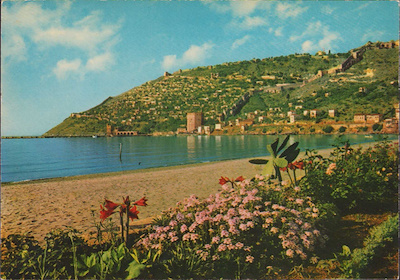
Antalya Airport Opens International Gateway
A crucial milestone in Alanya tourism development occurred in 1985 when Antalya Airport was opened to international traffic. Originally built for military use, the airport had operated domestic flights since 1960 with Turkish Airlines in a small 300 square meter terminal building. The opening to international traffic in 1985 marked the beginning of Alanya's transformation into a global destination.
The most significant expansion came on April 1, 1998, when Antalya Airport's new International Terminal 1 opened for service after construction began in 1996. This infrastructure investment fundamentally changed accessibility to the region, allowing direct charter flights from major European cities to deliver tourists within two hours of Alanya's beaches.
The impact was immediate and dramatic. Within five years of the 1998 terminal opening, the airport handled 10 million passengers, representing an increase of 78% since 1998, with a significant portion of these travelers heading directly to Alanya.
Gazipaşa-Alanya Airport: Direct Access Achievement
A second major transportation breakthrough occurred with the opening of Gazipaşa-Alanya Airport in July 2010 for domestic flights, followed by international flights beginning in the 2011 holiday season. Located only 40 kilometers from Alanya city center compared to 125 kilometers from Antalya Airport, this new facility reduced transfer times from two hours to just 45 minutes.
The airport, which was completed in 1999 but remained unopened for operational reasons, finally began serving passengers after TAV Airports Holding won the 25-year operating concession in 2007. This development provided Alanya with direct access for European charter companies and significantly improved the destination's accessibility for international visitors.
Explosive Growth and Economic Transformation
The post-airport period witnessed unprecedented growth in visitor numbers and tourism revenue. By 2003, more than 1,000,000 tourists came to Alanya, generating approximately $1,000,000,000 USD in tourism income. This billion-dollar milestone represented a complete economic transformation for the region.
The Alanya tourism infrastructure expanded rapidly to accommodate this growth surge. Hotel capacity increased dramatically, reaching 120,000 beds by 2003, with new construction projects completing monthly to meet demand. The tourism boom created employment for thousands of local residents and attracted workers from other regions of Turkey.
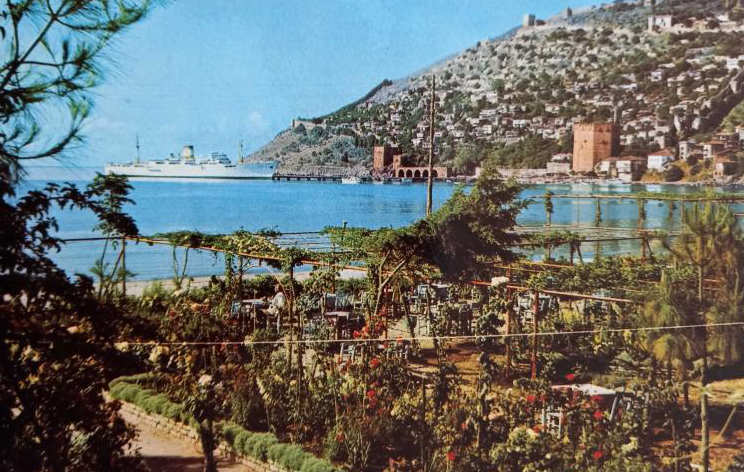
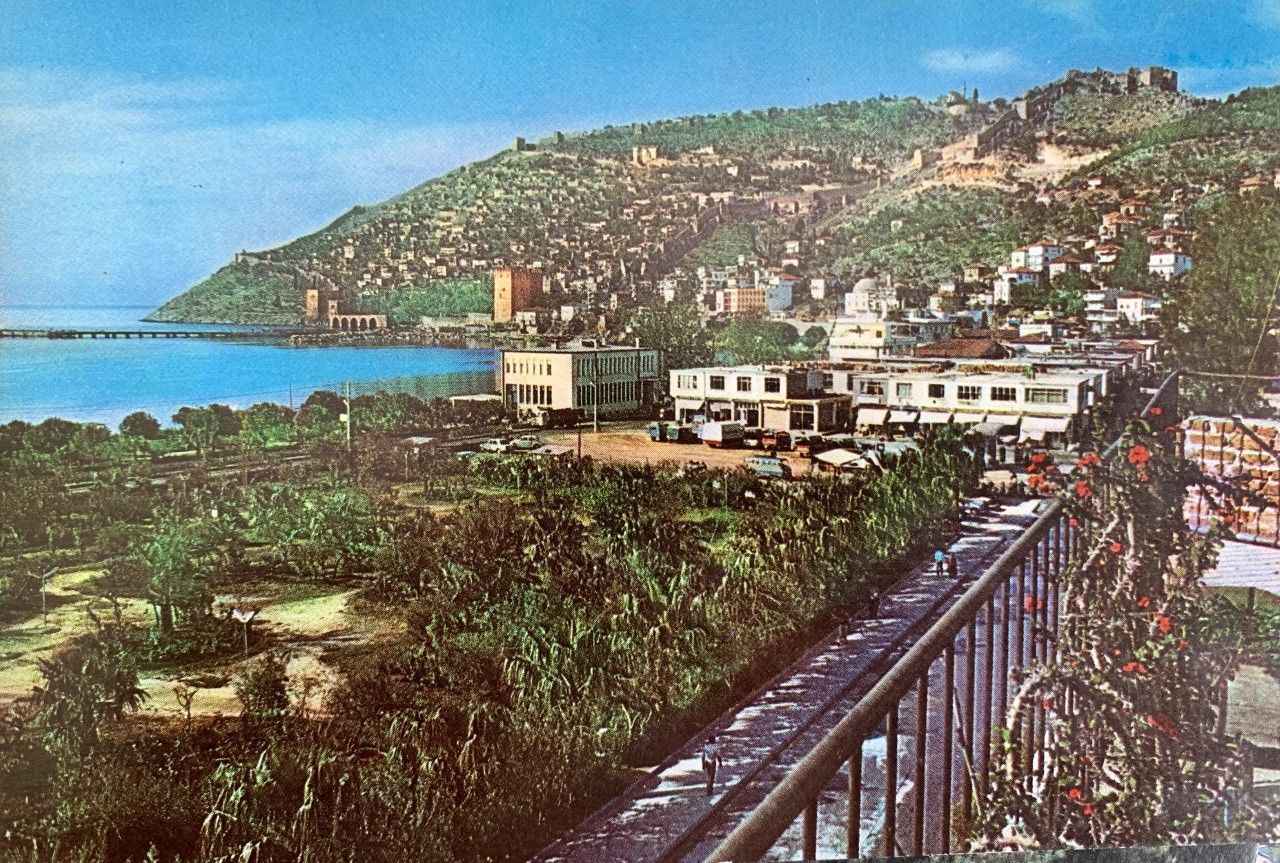
Record-Breaking Statistics and Global Recognition
The 2000s and 2010s established Alanya as a true global tourism powerhouse. In 2017, 3.5 million tourists visited Alanya, representing one out of every 10 tourists visiting Turkey and one of every three vacationers visiting the Antalya province. These statistics highlight Alanya's crucial role in Turkey's overall tourism success story.
Current infrastructure demonstrates the scale of this transformation. Today, Alanya has become one of the most important tourism destinations of Turkey with its 6.5% share in total tourism, approximately 150,000 beds in 668 hotels, and annual tourism receipts exceeding $1 billion. The destination now welcomes visitors from 72 nations, showcasing remarkable international diversity.
Employment and Economic Impact
The tourism industry's growth has created massive employment opportunities, with 100,000 people employed during peak tourism season. This represents a significant portion of the local workforce and demonstrates tourism's role as the primary economic driver. Tourism is responsible for nine percent of Turkey's tourism sector and thirty percent of foreign real estate purchases in Turkey.
The economic multiplier effect extends far beyond direct tourism employment, supporting construction, retail, transportation, and service industries throughout the region. Local businesses report that tourism season activities support year-round operations and investment in community development projects.
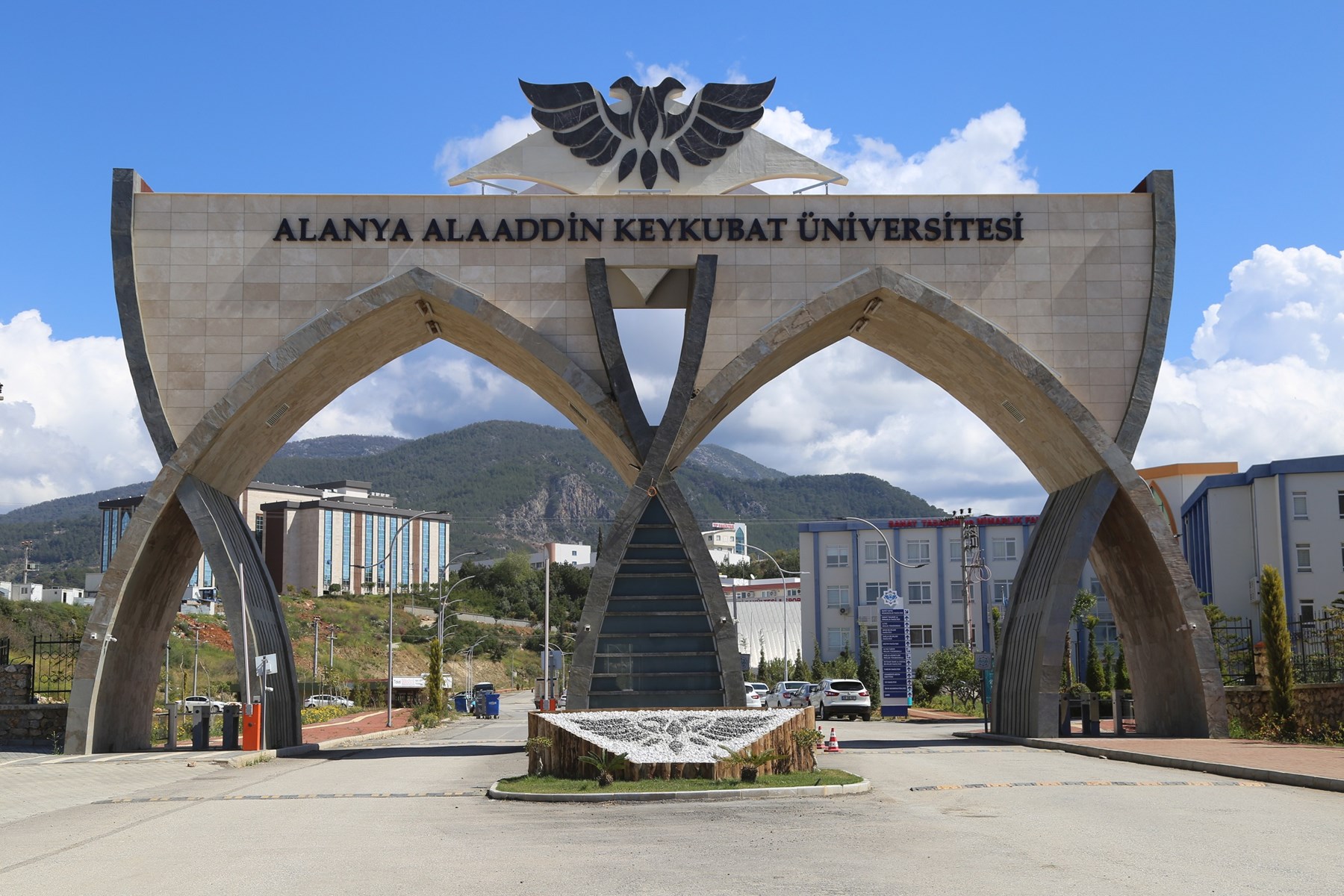
Academic Infrastructure and University Growth
The tourism industry's success has supported comprehensive educational initiatives that go far beyond hospitality training. In 2005, Akdeniz University of Antalya launched the Alanya Faculty of Business as a satellite campus focusing specifically on tourism industry education. The school hosts an International Tourism Conference annually, bringing together industry professionals and academics.
Until recently, Georgetown University ran an annual study abroad program called the McGhee Center for Eastern Mediterranean Studies, which showed that Alanya was considered an important educational destination for the region beyond its traditional tourism activities.
The educational landscape expanded dramatically with the establishment of two major universities. Alanya Alaeddin Keykubat University was founded on April 23, 2015, as a public university serving approximately 14,135 students across 10 faculties, 5 vocational schools, and 1 institute. The university, named after the Seljuk ruler who conquered Alanya, offers programs in both Turkish and English and operates a major teaching hospital.
Additionally, Alanya University, a private foundation university established by the Hamdullah Emin Pasha Foundation on March 3, 2011, began academic operations in 2014. This English-medium university focuses on providing internationally recognized education with modern facilities and diverse academic programs.
International Education for Foreign Residents
The growing international community has necessitated specialized educational facilities established by foreign residents themselves. The Turkish government has encouraged collaboration between the Ministry of National Education and foreign embassies to establish international schools that cater to the diverse international population of Alanya, offering education from kindergarten to high school.
Several prominent international schools serve the foreign community, including the Alanya American International School, which provides bilingual education following American curriculum standards with English as the primary language of instruction. International Alanya College (IAC) follows the Cambridge International curriculum, offering programs in English while incorporating essential aspects of Turkish culture, ensuring students receive personalized attention in a multicultural environment.
Alanya Bahçeşehir College offers both Turkish and international programs, emphasizing science, technology, engineering, and mathematics (STEM) education with well-equipped laboratories and advanced learning methods. These institutions offer globally recognized programs such as the International Baccalaureate (IB), Cambridge International Examinations, and American curriculum standards.
International schools in Alanya often maintain smaller class sizes compared to public and private schools, ensuring quality education with extracurricular activities and foreign language teaching. English-speaking schools are highly sought after by parents, while German and French schools have also gained popularity recently among the diverse expatriate community.
These educational institutions typically provide trilingual education (Turkish, English, and students' native languages) to ensure smooth integration while maintaining cultural identity, serving students from over 72 different nationalities that now call Alanya home permanently or seasonally.
Diverse Source Markets and Visitor Profiles
Modern Alanya attracts an remarkably diverse international clientele. The destination hosts 3.5 million tourists from 72 nations, with traditional strongholds in Germany and Russia complemented by growing markets in the United Kingdom, Scandinavia, Eastern Europe, and emerging markets in Asia and the Middle East.
The development of Alanya international appeal reflects sophisticated marketing strategies and infrastructure improvements designed to serve diverse cultural preferences and travel styles. Many foreigners prefer to live in Alanya permanently, purchasing houses and spending part of the year here, making great contributions to promoting Turkey internationally.
Capacity and Quality Management
Contemporary Alanya demonstrates advanced tourism management capabilities. The district boasts approximately 650 establishments with a capacity of 200,000 beds, equaling 30% of Antalya's capacity and 10% of Turkey's total tourism capacity. On average, 180,000 people are accommodated in hotels, sometimes reaching 200,000 during peak periods.
When including people vacationing in second homes and day-trippers, the number of vacationers reaches 500,000 during summer months, creating a vibrant international community that transforms the town's character and economy.
Sustainable Development Goals
Modern Alanya focuses on sustainable tourism development while maintaining growth momentum. Recent infrastructure projects include the Gazipaşa-Alanya Airport expansion, eco-friendly hotel certifications, and preservation initiatives for historical sites including the UNESCO World Heritage tentative list submission for Alanya Castle.
The destination continues evolving toward year-round tourism appeal, diversifying beyond traditional sun-and-beach offerings to include cultural tourism, adventure activities, health and wellness programs, and international events that attract visitors during traditional off-seasons.
Educational institutions also contribute to sustainability efforts by producing graduates trained in hospitality management, environmental sciences, and sustainable development practices that benefit the entire tourism industry.
Six Decades of Remarkable Achievement
Alanya's transformation from a village to a destination hosting 3.5 million annual visitors while establishing world-class educational facilities represents one of tourism and educational development's greatest success stories. From the therapeutic cave visitors of the 1960s to today's diverse international clientele and student population, this journey demonstrates how strategic infrastructure investment, natural asset development, cultural hospitality, and educational excellence can create sustainable prosperity.
The evolution from hundreds of visitors to millions, from basic guesthouses to world-class resort facilities, from local economic supplement to billion-dollar industry, and from limited schooling options to comprehensive international education showcases the transformative power of integrated development when properly managed. Alanya's experience provides valuable lessons for destinations worldwide seeking to balance rapid growth with quality service, environmental sustainability, and educational excellence.
Today's Alanya stands as testament to the vision of early tourism pioneers and educational leaders who recognized the area's potential and the wisdom of strategic investments that unlocked that potential for global markets while ensuring future generations receive world-class education in this Mediterranean paradise.
